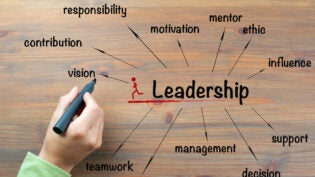
There was a time when fields or ranks amongst employees did not separate workplaces, or so we surmise from the ramblings of our grandparents. The reality today is that the social structures of modern workplace culture reflect, to some degree, the Hollywood depictions of high schools.
In understanding and considering this complexity of human behaviour, here are some health challenge ideas that will broaden horizons for both your business as well as your employees. There is no doubt that employee wellness programs are fast becoming a staple in modern work environments, which is why implementing a program will help foster a positive and healthy workspace for your team.
As a business owner or a leadership orientated manager, it is crucial to, along with the input of your HR department, gauge and understands these relationships to ensure that only constructive workplace cultures reign. At the same time, negative social biases are downplayed and eventually cauterised from the working environment. It is an unfortunate truth that unfavourable social and cultural interactions can easily infiltrate and inform the workplace zeitgeist.
Understanding Relationships Conducive To Productivity
It may seem a rather steep challenge, fostering relationships between individuals who may not have a natural rapport. This will be the case with several vital employees whose collaboration may affect your operations positively. Should you note a poor professional relationship between crucial staff members, it is far more effective to attempt to build a bridge outside of the working environment.
Consider taking such individuals out for a business lunch and directing the conversion in such a way that may create a natural dialogue of common personal interests, be it family, pets, hobbies, etc. Making recommendations regarding future collaborative projects may also emphasise the importance of nurturing a positive professional relationship.
Controlling Disruptive Cliques
Cliques are a phenomenon that most office managers will be quite familiar with. Frequently, almost juvenile clique forms amongst employees who share with socioeconomic privilege. These relationships can become incredibly toxic in the working environment, particularly in effect it can have on the general office culture.
This is not an issue quickly resolved and may require disciplinary intervention. Before this measure, you may attempt to mitigate these cliques by assigning the persons involved projects with staff members not directly involved. Once a clique expands to include the majority of your staff, it is relegated to the realm of a positive and cohesive working environment.
Foster An Environment Of Strong Leadership Roles
It has become a crucial aspect of the modern workplace ethos. It is fostering leadership roles and a chain of command. Where this may have been a business practice for decades, the practical implementation is now far more nuanced. You do not want to cultivate an approach of constant and unnecessary delegation. Hence it is preferable to assign leadership roles to individuals who are highly specialised in their department of work.
By doing so you endure that the employee in a leadership position is still the person primarily responsible for their own productivity, but possess the skill set and insight to assist in the delegation and efficient operations of those employees working in the same department.
3949 Views












